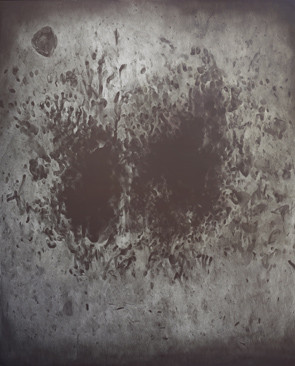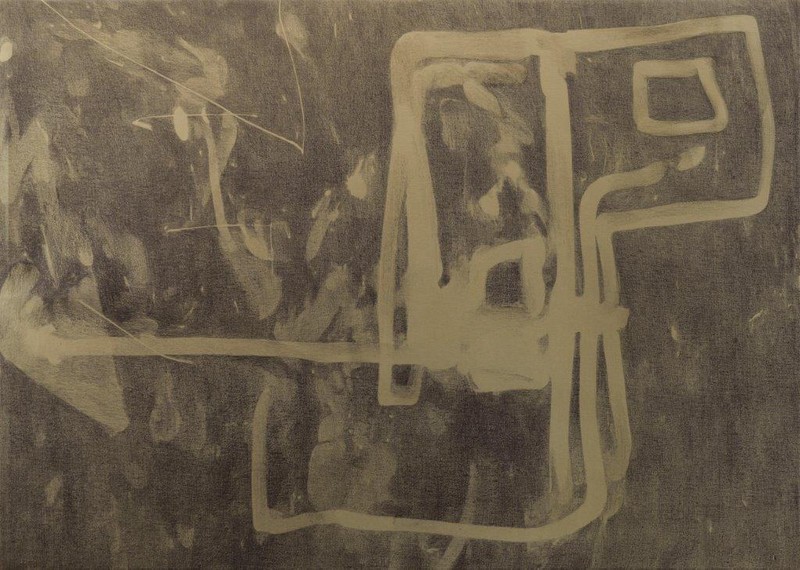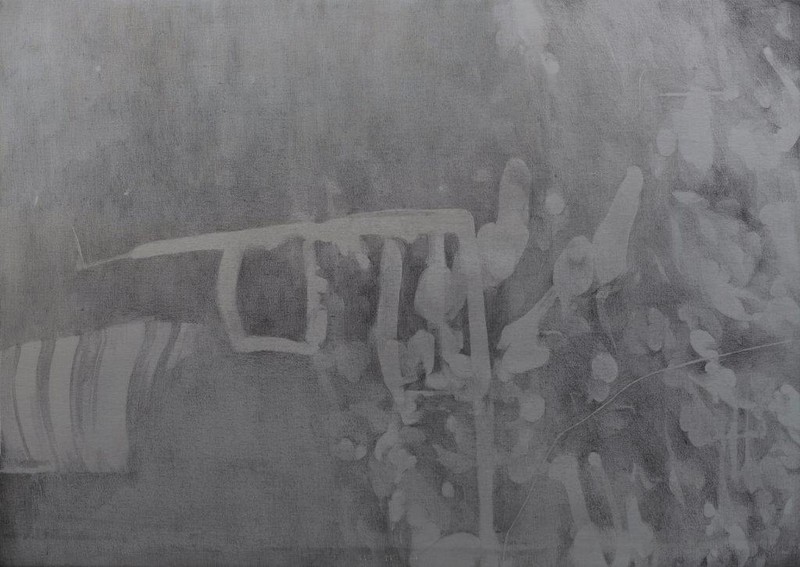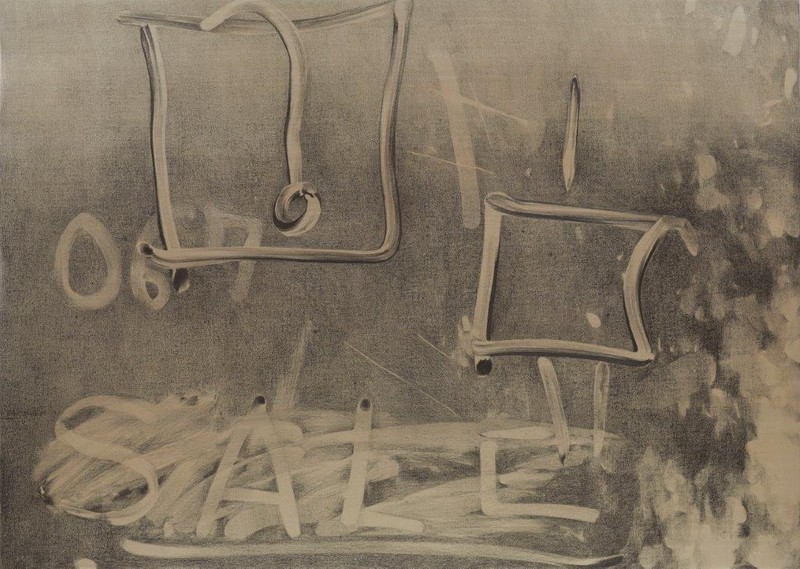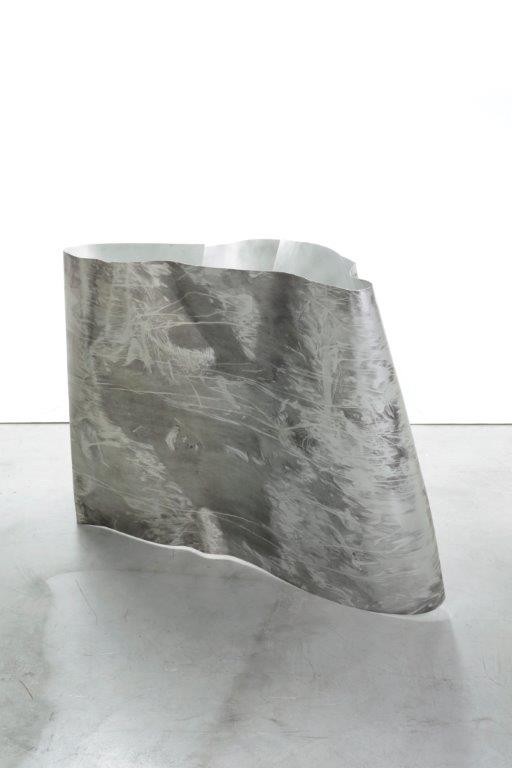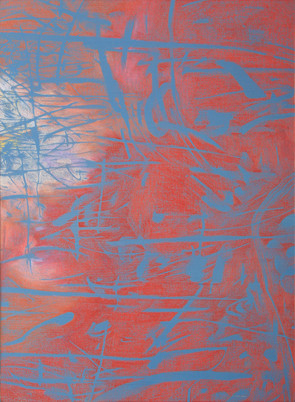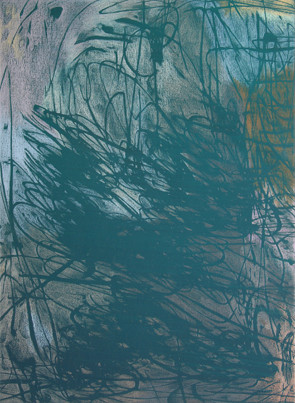Raúl Illarramendi. The Spirit Line
16 Apr - 23 May 2015
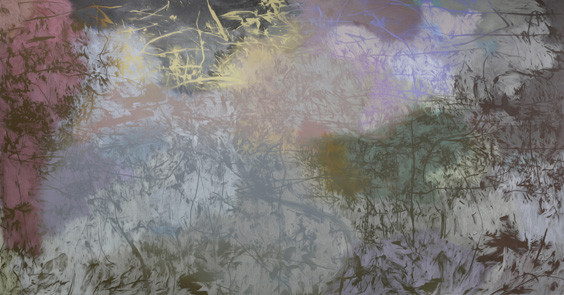
EA 171 (Pathway)
2015
Color pencil, wax crayon and Gouache on canvas
230 x 440 cm / 90 1/2 x 173 1/4 in
2015
Color pencil, wax crayon and Gouache on canvas
230 x 440 cm / 90 1/2 x 173 1/4 in
After presenting his works in Paris (Drawing from Nature, 2013) and St. Moritz (2014), Galerie Karsten Greve is pleased to dedicate a solo exhibition in Cologne to Venezuelan-born artist Raúl Illarramendi. The title The Spirit Line refers to a concept from the North American Indian culture, which Illarramendi borrows to acknowledge the importance of the ‘mistake’ or the ‘accident’ in his work. This spirit line describes a common practice within the Navajo weavers, where the artist deliberately makes an obvious discrepancy in the pattern, represented by a line that runs from the center of the composition all the way to the outer edge of the fabric. This line also represents the path through which the spirit that inhabits the piece is to enter and exit the patterns.
The subjects of Illarramendi ́s paintings are just those irregularities, imperfections, traces of waste and wear found in public space. These traces or marks bear witness to human presence and activity, manifesting themselves in smudges, fingerprints, paint residues, dust layers etc. found on walls, sidewalks, garage doors, dirty car windows and other surfaces of lesser interest to the eye. Starting point for Illarramendi ́s works is an accumulation of spontaneous photographs taken during walks in his urban surroundings. This repertory of images is transferred on to canvases or metal sculptures, often of a large format, in a time consuming technique that ingeniously combines painting and drawing.
After coating the canvas or raw material surface with up to seven layers of primer, which is finely sanded and finished with a final coat of gouache, to give it the matte finish of paper, Illarramendi carefully covers large areas with dense lines of colored pencil. In this highly controlled process, Illarramendi erases all spontaneity found in the original gesture.
The lines or markings that appear to be the drawing itself, are really sectors that have been left out of the filling-in with color, and emerge as traces of an absence of drawing. It is for this reason that Illarramendi understands his works to be “Anti-Drawings”, a concept he consequently pursues and brings to a particularly striking visual result in his series “Evidence of Absence”.
Illaramendi ́s impressive depictions of urban impressions that tend to be disqualified as low, are worthy of being labeled “Water-lilies of the digital age”, using Sébastien Gokalps fitting comparison to the great Impressionist Claude Monet.
Born in 1982 in Caracas, Venezuela, Raúl Illarramendi began his artistic training in 1998 as assistant to the painter Felix Perdomo. He then became a member of the Circulo de Dibujo of the Contemporary Art Museum of Caracas Sofia Imber. He studied Visual Arts and Art History at the University of Southern Indiana in Evansville in the United States as well as the Université Jean Monet in Saint Etienne, France for the last years of his MFA. He has won several art awards in the United States and France, the most recent of which being the Jean Chevalier Award for Painting in Lyon, which he received in 2012. Illarramendi lives and works in Méru, France.
The subjects of Illarramendi ́s paintings are just those irregularities, imperfections, traces of waste and wear found in public space. These traces or marks bear witness to human presence and activity, manifesting themselves in smudges, fingerprints, paint residues, dust layers etc. found on walls, sidewalks, garage doors, dirty car windows and other surfaces of lesser interest to the eye. Starting point for Illarramendi ́s works is an accumulation of spontaneous photographs taken during walks in his urban surroundings. This repertory of images is transferred on to canvases or metal sculptures, often of a large format, in a time consuming technique that ingeniously combines painting and drawing.
After coating the canvas or raw material surface with up to seven layers of primer, which is finely sanded and finished with a final coat of gouache, to give it the matte finish of paper, Illarramendi carefully covers large areas with dense lines of colored pencil. In this highly controlled process, Illarramendi erases all spontaneity found in the original gesture.
The lines or markings that appear to be the drawing itself, are really sectors that have been left out of the filling-in with color, and emerge as traces of an absence of drawing. It is for this reason that Illarramendi understands his works to be “Anti-Drawings”, a concept he consequently pursues and brings to a particularly striking visual result in his series “Evidence of Absence”.
Illaramendi ́s impressive depictions of urban impressions that tend to be disqualified as low, are worthy of being labeled “Water-lilies of the digital age”, using Sébastien Gokalps fitting comparison to the great Impressionist Claude Monet.
Born in 1982 in Caracas, Venezuela, Raúl Illarramendi began his artistic training in 1998 as assistant to the painter Felix Perdomo. He then became a member of the Circulo de Dibujo of the Contemporary Art Museum of Caracas Sofia Imber. He studied Visual Arts and Art History at the University of Southern Indiana in Evansville in the United States as well as the Université Jean Monet in Saint Etienne, France for the last years of his MFA. He has won several art awards in the United States and France, the most recent of which being the Jean Chevalier Award for Painting in Lyon, which he received in 2012. Illarramendi lives and works in Méru, France.

